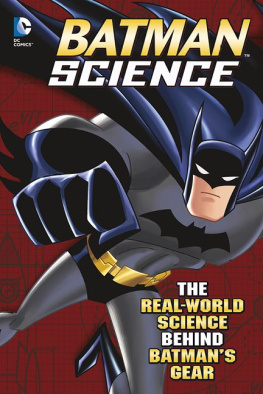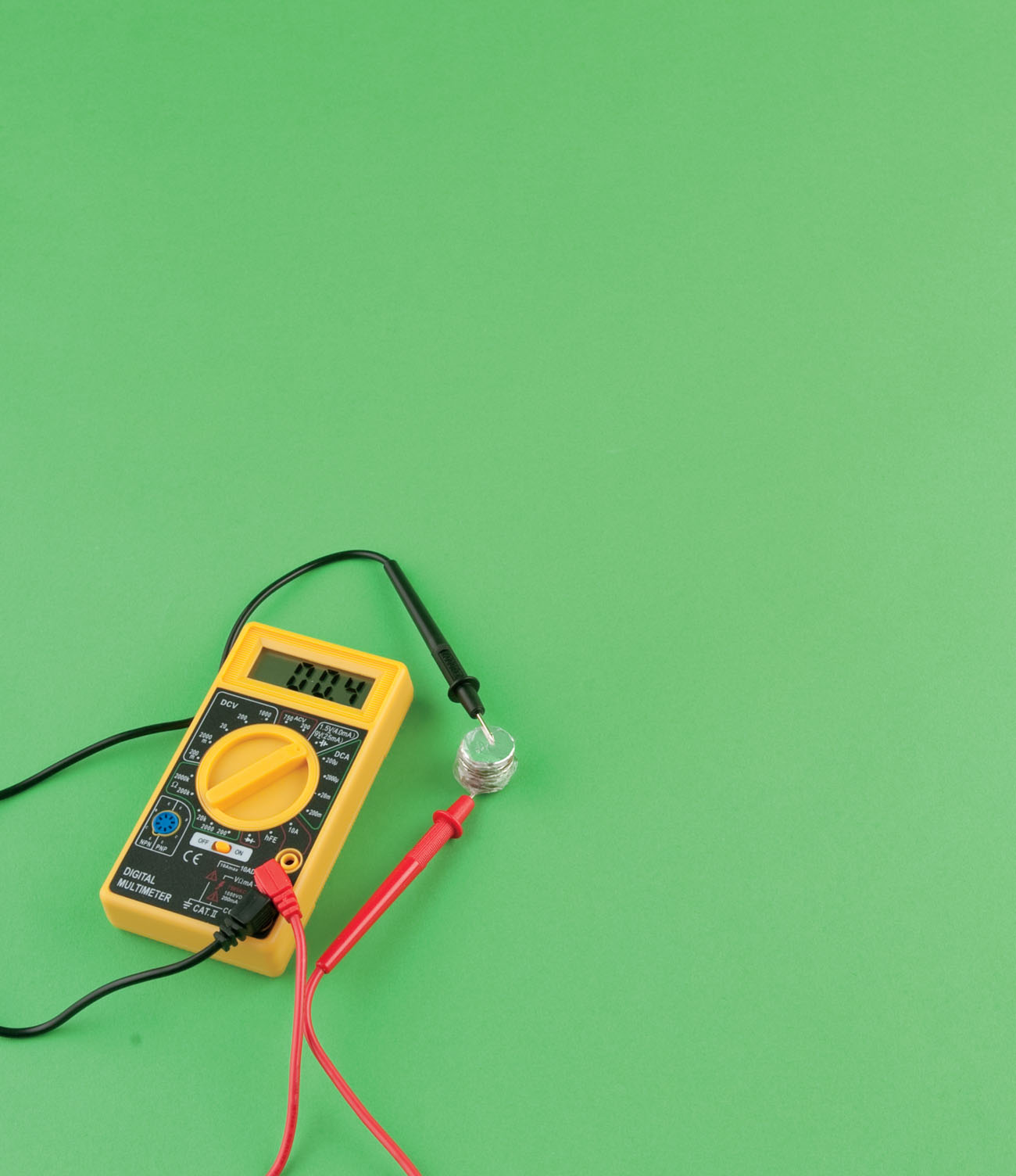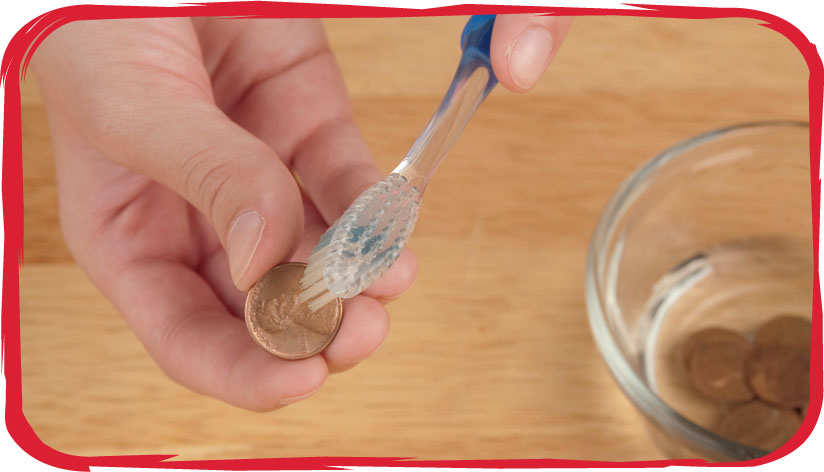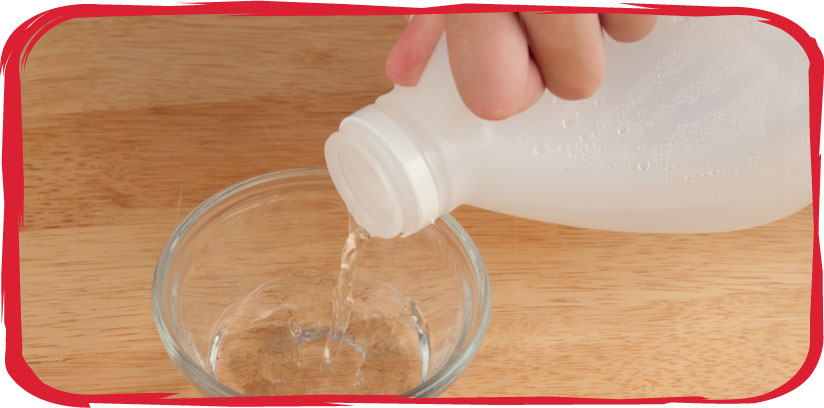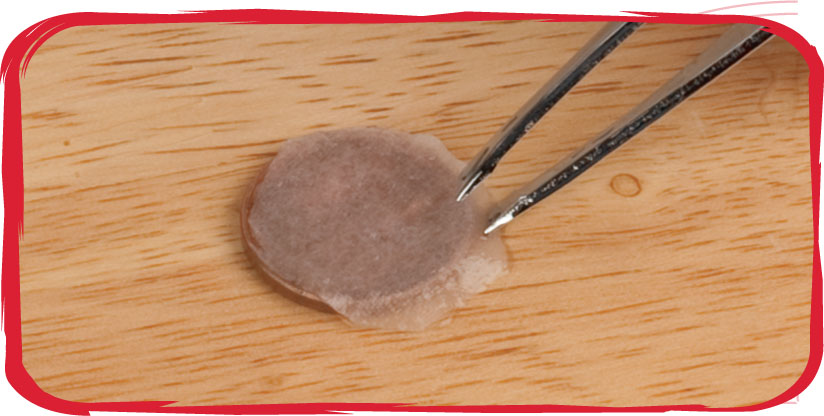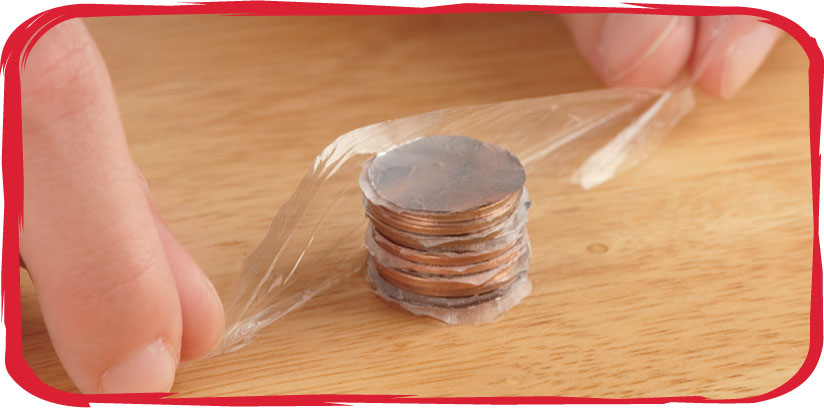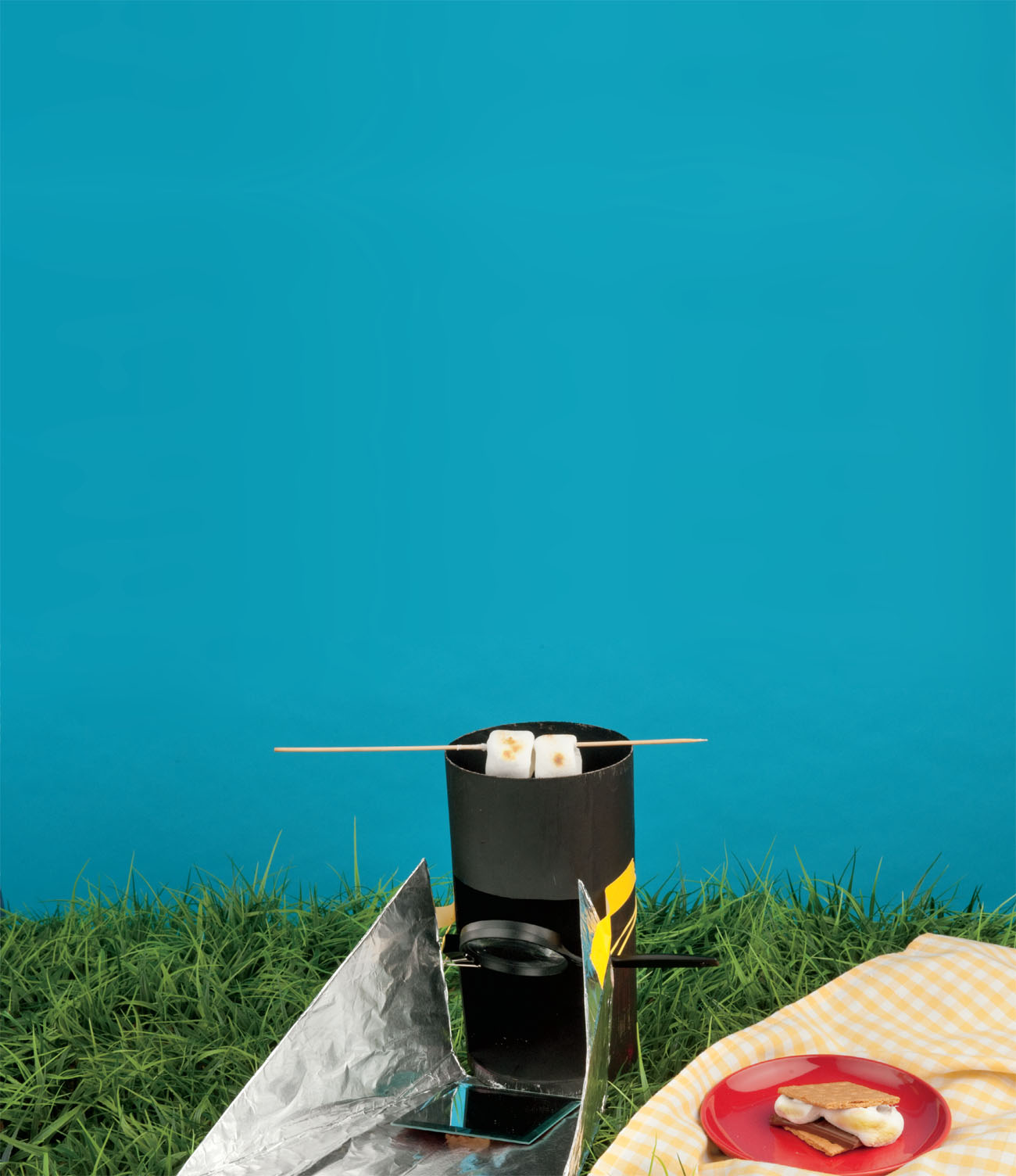POWER PLAY
Engineers and inventors are always looking for ways to use nature. They harness heat, light, and other kinds of energy in ways that improve peoples lives. You dont have to look too far to find proof. The toaster you use harnesses electricity and heat energy. Your solar-powered calculator uses the power of the sun. But you dont have to wait for someone else to build the next great invention. You too can harness light, electricity, and nature in amazing, inventive ways.
THE SIX STEPS OF INVENTING
Engineers and inventors follow a certain method when inventing. This method helps them build on their successes and learn from their failures. Inventors call the methods steps by different names, but the basics are always the same. Follow these six steps to see how inventing works:

- : PROBLEM
Inventors usually start with a problem. Ask yourselfWhat problem am I trying to solve? - : PRINCIPLE
Principles are basic rules or laws for how things work. Gravity is a principle that explains why a ball falls when you drop it. Friction is a principle that slows a ball down when you roll it across the floor. Ask yourselfWhat rules or laws apply to the problem Im trying to solve? - : IDEAS
Write down some ideas that could help solve your problem. Be creative. Then pick the idea you think will work the best. - : PLAN
Plan how to build your device. Gather the tools and supplies needed. - : CREATE
Put everything together and make something new. - : IMPROVE
Once the solution is created, ask yourself if it solved the problem. If not, what can you change? If so, how can you make it better?
For each invention you build, the process starts all over again. Lets see these six steps in action with the inventions in this book.
PENNY BATTERY
- : PROBLEM
It seems like every time you need to use a gadget, its battery is dead. Wouldnt it be great to create a power source from stuff you find around the house? - : PRINCIPLE
A battery uses a . This flow of electrons is electricity. - : IDEAS
A battery can be made with two types of metals and an electrolytes. Lemon juice and vinegar are common acids. - : PLAN
Gather together:
- 10 old copper pennies (dated before 1982)
- small dish
- vinegar
- toothbrush
- 12-inch (30-centimeter) square piece of aluminum foil
- pencil
- scissors
- paper towel
- tweezers
- plastic wrap
- voltmeter
- : CREATE
- Place the pennies in a dish of vinegar. Scrub them with a toothbrush until they appear clean. Let them dry. Discard the vinegar.
- Fold the foil in half four times until you have a small square. Trace a penny onto the foil. Cut the foil in the shape of a penny. Separate the pieces of foil into individual circles.
- Repeat step 2 with the paper towel.
- Fill the dish with more vinegar.
- Place a penny on a flat surface. Using the tweezers, dip a paper towel circle into the vinegar for a few seconds. Carefully lay the paper towel circle on top of the penny. Make sure it completely covers the penny.
- Use the tweezers to place a foil circle on top of the paper towel. Place a penny on top of the foil.
- Repeat steps 5 and 6 until all the materials are stacked. A penny should be on the bottom and a foil circle should be on top.
- Wrap the stack of pennies with plastic wrap to hold it together. Leave the top and bottom uncovered.
- Carefully place one wire of the voltmeter under the bottom of the stack. Touch the foil circle on top of the stack with the other wire. The voltmeter should show that your battery is producing electricity.
- : IMPROVE
Did your battery have enough power to register on the voltmeter? Try connecting a small flashlight bulb or buzzer to the battery. If you need more power, make the penny stack taller. Or try making several of these batteries and connect them together.
SOLAR-POWERED MARSHMALLOW ROASTER
- : PROBLEM
You love smores, but youre not allowed to start a campfire in the backyard to make them. Can you invent a device that uses the sun to roast marshmallows? - : PRINCIPLE
Solar power is energy from the sun. It can be very powerful. It can provide heat energy to cook food. But solar energy needs to be collected and focused. - : IDEAS
A shiny curved surface can collect and focus sunlight. You can also collect and focus sunlight by using mirrors and lenses. - : PLAN
Gather together:
- ruler
- pencil
- large cardboard oatmeal container
- utility knife
- black paint
- paintbrush
- medium-sized binder clip
- 3-inch (9-cm) magnifying glass
- large rubber band
- large cardboard cereal box, flattened
- scissors
- aluminum foil
- masking tape
- 4-inch (10-cm) square mirror
- marshmallow
- wood skewer
- small wood wedges
- : CREATE
- Use a ruler and a pencil to measure and mark out a large rectangle on the oatmeal container. Starting at the bottom of the container, your rectangle should be 6 inches (15 cm) high and 4 inches (11 cm) wide.


